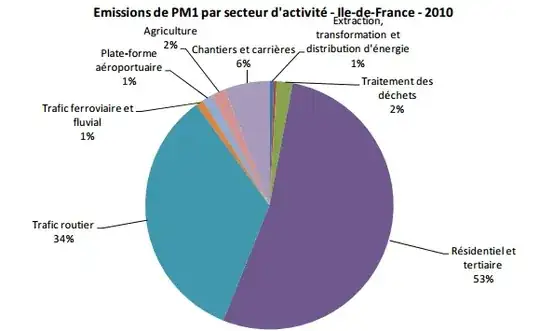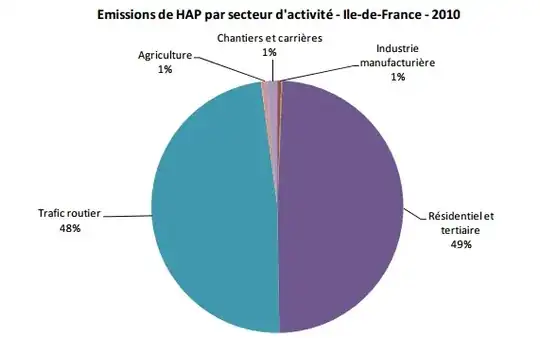We can see that cities like Melbourne are pushing far the smoking bans
Often smoking is compared to car pollution, and is said to be insignificant
But, according to this experiment
A turbo diesel 2 litre engine was started and left idling for 30 minutes in the garage, with the doors closed, after which the doors were left open for four hours. The car was fuelled with low sulphur fuel.
Three filter cigarettes were then lit up sequentially, and left smouldering for a further 30 minutes. The nicotine and tar content of each cigarette was 1 mg and 11.2 mg, respectively.
A portable analyser took readings every two minutes during the experiments.
Combined particulate levels in the first hour after the engine had been started measured 88 ug/m3. Those recorded in the first hour after the cigarettes had been lit measured 830 ug/m3: 10 times greater.
The quality of comments on this article isn't satisfying, most of are personal opinions, with no added-value, like:
These findings have already been discredited...by common sense.
This blog or this study page 11 can confirm the importance of tobacco smoke as a local or global pollution source
However, when searching more, to know more their exact contribution in PM2.5 or PM1.0, I couldn't find better than a big 53% of PM1 where tobacco smoke is included:

PM1.0 emission sources

Polycyclic aromatic hydrocarbons composition source
Residential (from emissions inventory - fr)
Domestic use of paint (except 060107) 060104
Paint application - Wood 060107
Other applications of paint (non-industrial) 060109
Application of glues and adhesives 060405
Domestic solvent use (other than paint) 060408
Domestic use of pharmaceuticals 060411
Facilities Regrigeration and air conditioning, using halocarbons or SF6 060502
Implementation of foam (except 060304) 060504
Aerosol 060 506
Other uses of HFC, N2O, NH3, PFC, SF6 060508
Using Fireworks Fireworks 060601
tobacco consumption 060602
shoes use 060603
military activities 080100
Special equipment - Hobbies, gardening 0809xx
Open fires 090702 green waste
Tertiary, commercial and institutional
Commercial and institutional 0201xx
Repairvehicles 060,102
Paint application - Wood 060107
Dry Cleaning 060202
Preparation of vehicles bodies 060409
anesthesia 060501
Facilities Regrigeration and air conditioning, using halocarbons or SF6 060502 060 503
Implementation of foam (except 060304) 060504
Fire extinguishers 060505
Aerosol 060 506
Electrical Equipment 060507
Using Fireworks Fireworks 060601
military activities 080100
We can see that, many emissions more or less insignificant, form the 53% that is globally greater than road traffic.
I asked airparif (source of the charts) about the importance of tobacco smoke pollution source:
They gently replied me: (translated from French)
Particulate emissions in Ile-de-France for the year 2010 related to smoking are estimated at 110 tons. These particles emitted from cigarette smoke are considered to be PM2.5. For comparison, emissions from road traffic P2.5 for the same year is 3900 tonnes. Particulate emissions related to tobacco consumption therefore represent almost 3% of regional emissions of PM2.5 *, the average share may be higher locally.
*: the person forgot "from road traffic"
We have no specific document mentioning this figure.
You can quote as a personal communication Airparif.
The elements used to calculate come from two sources:
- Centre Interprofessionnel d’Etudes sur la Pollution Atmosphérique CITEPA - OMINEA : Organisation et Méthodes des Inventaires Nationaux des Emissions Atmosphériques en France 9ème édition, 2012 (p.883) http://www.citepa.org/
- Observatoire français des drogues et des toxicomanies OFDT - Séries statistiques annuelles - Vente de tabac et cigarettes evolution depuis 1990, 1990 à 2010, http://www.ofdt.fr/
links: tobacco sales - fr, emissions inventory - fr
3% of car exhaust, so it would represent more or less the same of Residential and Tertiary emissions of PM2.5 (fireworks, aerosols, paints, dry cleaners,...)
In a country like France, 35% of people smoke, and where we can roughly estimate they would smoke 10% of their car ride, then the contribution in traffic jams of tobacco in combustion could be 10 /3 (3 cigs were used) * .35 * .1 = 12% of cars exhausts.
Another way to see it, and this is probably more like that the 110 tons/year of tobacco smoke were calculated, is from tobacco sales - fr, 60 billions of cigarettes were bought in 2013, we could say 10 or a bit less in the area concerned (1/6th of total population), and 110e6/10e9 = 0.011 g, this concurs with blog:
barely the equivalent of one cigarette which has 12 mg on average
So how would you interpret these figures?
Are there enough information or not, since tobacco smoke contribution in PM1.0 and less isn't measured?
What could be the exact proportion of the contribution of tobacco smoke in the air of midly smoking city (30% of the population)?